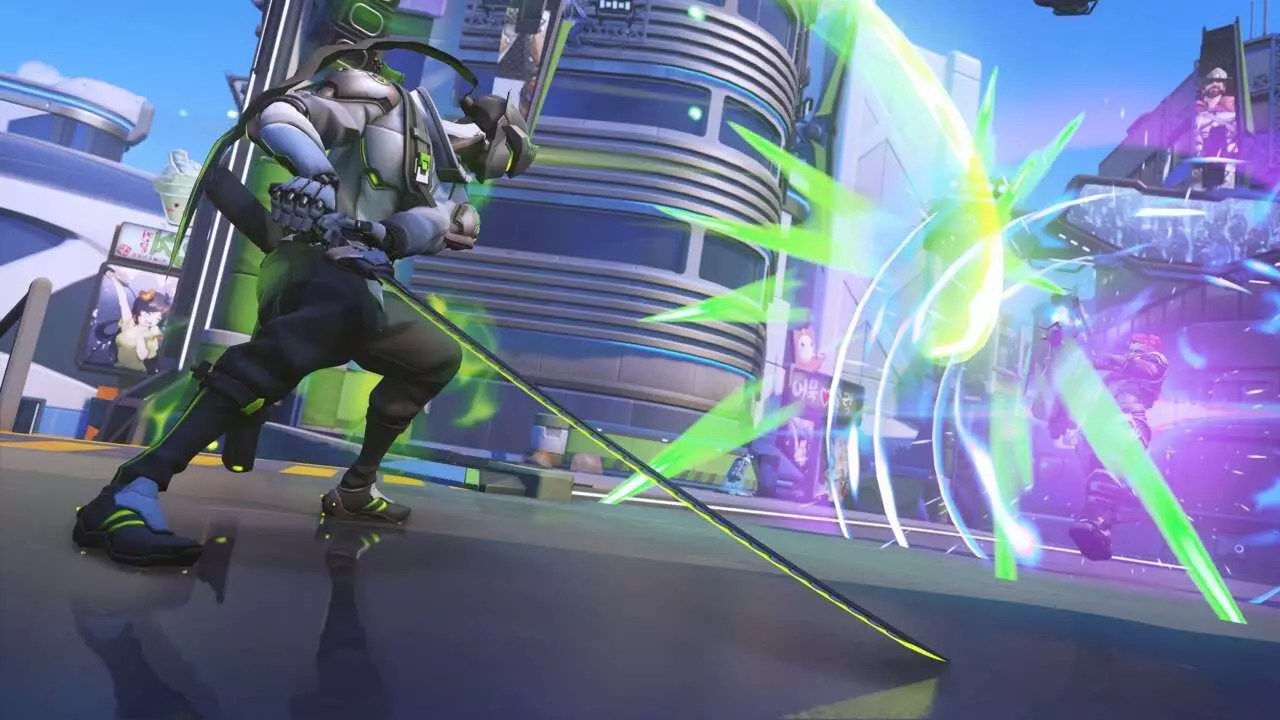Blizzard Entertainment is making significant strides in redefining the dynamics of Overwatch 2 with the introduction of the highly anticipated Stadium mode, set to launch in 2025. This new mode brings a fresh perspective to the franchise, aiming to elevate the competitive experience for players and redefine how heroes are utilized and developed during matches. Unlike anything we’ve seen previously, Stadium combines elements from multiple genres to create a unique gaming experience that could capture the interest of both seasoned players and newcomers alike.
At the heart of Stadium is a competitive, round-based structure where players will not only choose their heroes but also enhance them over the course of the game. This mode will adopt a “best of seven” match format and incorporate a role queue system, establishing it as a ranked mode alongside Quick Play and Traditional Competitive play. Players will engage in familiar game types such as Control, Push, and Clash while simultaneously navigating through a layer of complexity not seen in Overwatch’s previous formats.
One of the standout elements of Stadium is its third-person perspective, a feature that offers a different kind of spatial awareness and tactical gameplay compared to the first-person view Overwatch players are accustomed to. This shift may serve to attract fans from other popular shooter titles that have successfully integrated third-person mechanics, allowing Blizzard to expand its audience.
The introduction of a currency system reminiscent of MOBA games adds a new dimension to gameplay. Players will collect currency through combat – rewarding kills, assists, and contributions to teamwork – which can then be spent during a pre-round “buy” phase. This investment strategy allows players to customize their heroes and forge their path to victory throughout the match. The currency can be used for upgrades ranging from basic stat boosts to significant enhancements that modify heroes’ abilities, enabling diverse build strategies that could dramatically alter the course of gameplay.
The potential of such personalization is vast, promoting various playstyles. Those looking to maximize their hero’s effectiveness can opt for enhancements that offer life-steal effects or improve defenses. Conversely, aggressive players might prioritize boosts for damage output or mobility. This depth of customization enhances not only the strategy involved but also bolsters replayability, as no two matches would need to feel the same.
To ensure competitive balance, Blizzard has decided to limit the initial roster for Stadium mode to 14 heroes at launch. This move demonstrates an understanding of the intricacies involved in balancing gameplay in competitive environments. However, the promise to introduce more heroes over time suggests a planned evolution of the mode that will cultivate player interest long-term by continually refreshing the gameplay experience.
Blizzard’s strategic integration of tried-and-true elements from other successful games effectively positions Stadium as a genre-bending addition within the Overwatch universe. By drawing parallels with competitive elements from games like Counter-Strike and Valorant, combined with the hero-driven dynamics of Overwatch, Stadium straddles the line between familiar comfort and exciting new challenges.
This isn’t the only change brewing in Overwatch 2. Blizzard has revealed plans for loot boxes to return on February 18, 2025, stirring varied opinions among the player community. Additionally, the introduction of a gameplay system enabling “Perks” aims to add further layers of in-game variability, presenting players with choices that can affect their gameplay style.
Promising new heroes, such as the crossbow-wielding Freya and monk-like Aqua, also add to the anticipation surrounding this new season. As Overwatch 2 continues to evolve, the blend of innovative mechanics and refreshing areas of engagement keeps the fanbase excited, proving that Blizzard is committed to enhancing the player experience through continuous development and bold new ideas.
Stadium mode stands as a pivotal development within the Overwatch 2 landscape. We will have to wait and see if it resonates with players and establishes itself as a lasting staple within the game. What remains clear, however, is Blizzard’s commitment to pushing the boundaries of competitive gaming and reshaping the Overwatch experience for years to come.


Leave a Reply